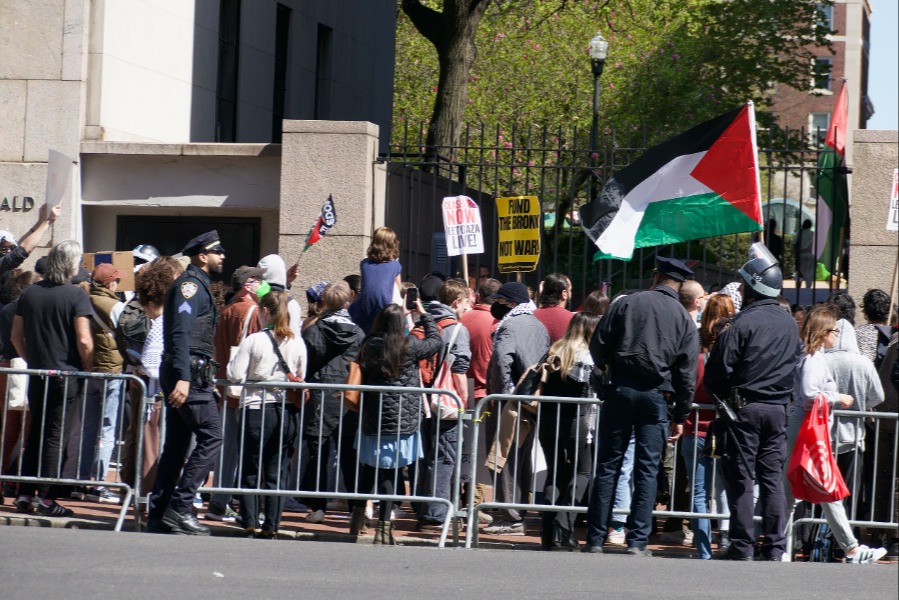New Zealand Report Calls for “Systemic Change” After Christchurch Massacres
Published by The Lawfare Institute
in Cooperation With

In a report released by a royal commission on Dec. 8, the New Zealand government describes how it failed to prevent a white supremacist from murdering 51 people in two Christchurch mosques on March 15, 2019.
The report details that there were warning signs about the shooter before the attacks. It explains that he was likely radicalized on the internet, where he spent ample time visiting hate-filled chat rooms and watching racist YouTube channels. The shooter sent death threats to an Australian Facebook user, an event which Melbourne police noted but didn’t pursue further. And the report indicates that the shooter’s friends and family worried that his racism intensified after he was mugged on a visit to Ethiopia. Nonetheless, the individual was still allowed to purchase a stockpile of firearms in New Zealand.
How did he largely stay off the radar of New Zealand’s government agencies?
The report explores the possible explanations. One reason is that New Zealand’s intelligence service was focused “almost exclusively” on the threat of Islamic terrorism. For the most part, the government’s counterterrorism staff weren’t alert to the growing threat of white supremacism. Law enforcement also faced challenges in handling the white nationalist threat, because “degraded” resources prevented police from writing terrorism threat assessments.
The report points to other flaws in New Zealand’s counterterrorism apparatus. It observes that New Zealand’s counterterrorism strategy was too secretive, a secrecy which arose from trying to avoid “stigmatising Muslim communities” by treating them as potential terrorists. The report speculates that a see-something, say-something initiative may have encouraged people to report suspicious behavior.
So too, New Zealand should have required potential gun-buyers to have close friends or family vouch for their character in-person, the report argues. The relatively lax rules allowed the gunman to amass military-grade weapons without his family being interviewed by police.
“All of that said,” the report continues, “there was no plausible way [the shooter] could have been detected except by chance.” In other words, there was no way the shooter could have been identified by the government agencies that existed in 2019, which were limited in their resources and cabined by their focus on Islamic extremism. “With the benefit of hindsight, we can see that [certain information] did relate to the individual’s planning and preparation,” the report explained. But “public sector agencies involved in the counter-terrorism effort are not set up to collect and aggregate information like medical and firearms licensing records.”
The report calls for “systemic change” to catch future shooters. What does this mean? In the report’s view, New Zealand should build a national intelligence and security agency to focus on countering violent extremism and counterterrorism. The agency would be responsible for developing a sound counterterrorism strategy, providing policy advice and administering national security laws.
Although the report concludes that New Zealand will never be immune from terrorist attacks, “there is much that the government can do, starting with a greater commitment to transparency and openness with New Zealanders.”
The report has four volumes (Volume 1, Volume 2, Volume 3 and Volume 4) and an executive summary which you can read here and below.





